A little less than two years ago, Jack Hollis jumped from leading Toyota's Scion youth brand to overseeing Toyota Division's marketing. The energetic vice president quickly vowed to make Toyota's advertising more dynamic.
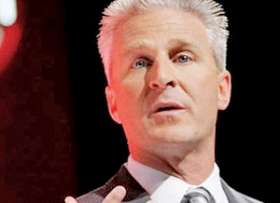
In addition to invigorating Toyota's creative spirit, Hollis, 47, began reorganizing the 80-member marketing department along vehicle lines rather than marketing channels.
In an interview with Staff Reporter Mark Rechtin in the days before Toyota announced it would consolidate most of its U.S. operations in Plano, Texas, Hollis detailed how the brand's marketing plan is evolving.
Q: The refrain in the Muppets commercial for the Highlander says the vehicle has "no room for boring." How are you implementing that slogan on the marketing front?
A: Whether someone thinks our ads are vanilla or vanilla with chocolate chips or mint espresso, it's in the eye of the beholder. To those who would classify Toyota as boring or vanilla, I would say Toyota's goal was never to make ads to win awards but to serve our guests. Year after year after year, we've been on a very good track. My drive is: How do we connect with the most amount of retail customers? That's our single focus. I use "guest," not "customer," because it's more personal in nature, more relationship based. I want to connect more emotionally and personally.
How do you do that?
We want to go further with a more personal connection. So our marketing changes to be more emotional, and sometimes humorous, to evoke that emotional response. My strength is more relational. Life is all about relationships and our marketing needs to reflect that. That's why we're seeing more fun in our executions. I've never looked backward. I look forward, so that's why I asked: How do we create a new Toyota? We start with "Let's Go Places" as a true north. Then we keep asking how we take that forward.
Toyota's midcycle change to the Camry was significant. How does that change your marketing of the best-selling car in America?
If you're a professional sports team, your goal is to win the championship. Camry has won the championship of the biggest automotive segment every year for 12 years. When you win, it's always hard to repeat. So you have your best players work on extra parts of their game. LeBron gets better. Mike Trout focuses on his bunting. With Camry, we took parts we thought we could get better, like the styling and interior. How do we market that? As the best car getting even better? That's not enough. It needs to connect back to the relationship. We can't stop at product enhancement. It's about what it makes me feel, like and desire.
Has Toyota marketing convinced Americans that Tundras are tough enough? Do enough Americans know that Tundras are built in Texas?
That people know the Tundra is built in America has reached a high enough point that it doesn't need to be the primary point of our marketing. We've reached a significant level on that, though many may not know it's built in Texas. I feel our marketing should be less about whether it's tough, but how does it connect with me as a person? How does it work for me?
How did you lure the Muppets for the Highlander launch?
The whole Highlander idea was to make a connection to family. People say the redesign of the product is so strong, but whom is it connecting to? Who is the guest who wants to buy the car? We do well with females, but the new styling is more aggressive, so how do we market to families? How do we sell that whole feeling of being in a Highlander and enjoying the experience of my car? The Muppets idea came from collaboration with our agencies, brainstorming ideas and thinking about what are fun icons and locations and people. Someone suggested the Muppets, which plays well cross-culturally, which ties in perfectly to our total-market approach. Disney had a bunch of ideas, too, but we didn't know about the timing of their movie at first. But once we knew about that, we built on one another.
Toyota has put its multicultural marketing agencies under one roof, supervised by Saatchi & Saatchi. Is it working?
It's not under one person's control. We have a leadership team, made up of the heads of each agency, plus a strategist from Saatchi and my team. There is a lot of work where we are getting agencies to work together. The total Toyota movement is not to be specific to each targeted customer -- except for in-language creative -- but to take the insights and wisdom of each agency and apply it to the overall marketplace.
I'm sick of generational marketing and multicultural marketing. Most people have generalized that. Look into 2030: All these groups are meshing into one. There aren't significantly different segments, when 95 percent of market growth is coming from a multicultural background. They are going to blend into one market. The insights from those multicultural agencies have to be more influential in our marketing. It's going extremely well. The stuff we're working on for Camry that will air in the fall is some of the best campaign work I've seen.
Social media are evolving, especially in the corporate application. Has Toyota changed its approach to social media?
Absolutely. It's one of the largest focuses of our ongoing changes. My indictment of the auto industry is that we romanticize our past, our former successes. That comes from a traditional approach to marketing and selling. But what it comes down to today is: How does the guest want to be interacted with? They want multiple ways when they are ready for it. The elements around broadcast and print are reducing and going more toward social-digital- mobile, which is now nearly one-third of our budget and growing.
Toyota has advertised in the Super Bowl three years in a row. What's the next big event Toyota will be a part of?
Every big property, be it the Super Bowl, World Cup, Academy Awards or March Madness, comes to Toyota and has great ideas for how we should spend our money. My concern is that, when you lock into a property for an extended time, are you going to be talking to the guest the way they want to? Is it the same people over and over, or new people? How do we leverage those biggest viewing events, the biggest engagement events? I want to expand into live sports because most people watch live and only TiVo them if they have to. When we have that, then we can have engagements online where people engage in the activity. But what it demands of marketers is the relevancy of their content.
How is the marketing department change going?
It was finalized [April 16]. We still have a couple openings, but it's been 11 months, from strategizing to execution. The interview process was four months. I think it increased our enthusiasm, increased our momentum and increased efficiencies by reducing meetings by a third. The product marketing teams have so much more authority and are quicker to make decisions with a unified strategic view because we have a better, more encouraging structure. We are realigning our Tier 1, 2 and 3 marketing in a much better fashion. The dealers are telling us we're strengthening the whole team. Our social-mobile-digital folks report to Lisa Materazzo, who has a love of cars and Toyota, who left to work on other brands' strategic direction for the digital-social space. We were able to get her back. That's taking an all-star who went out and got some more skills. This is an example of taking a team that was great and making the team better.
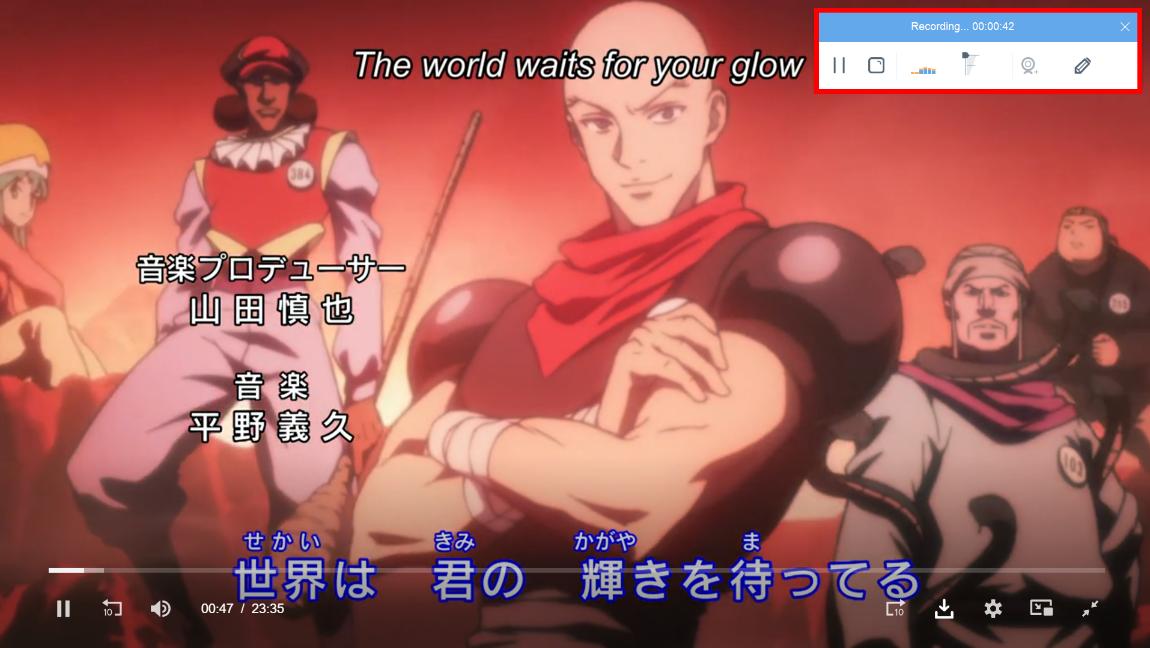

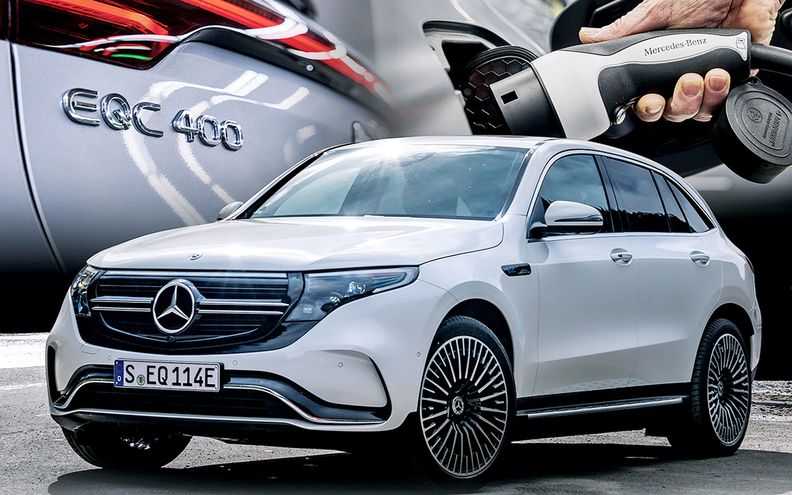


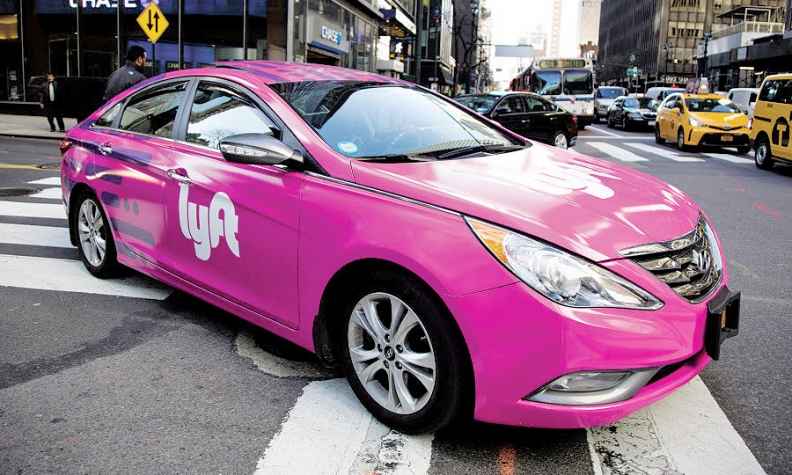
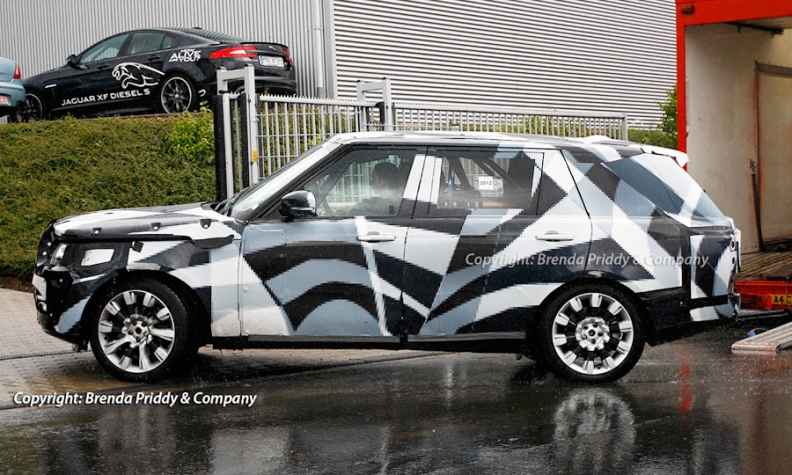
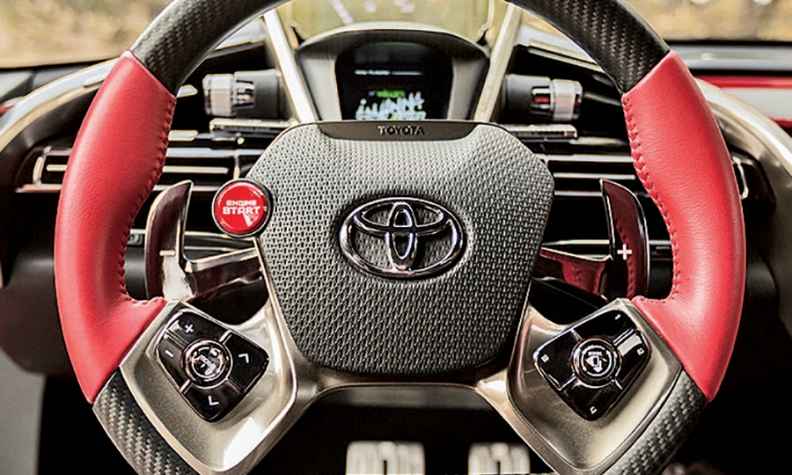
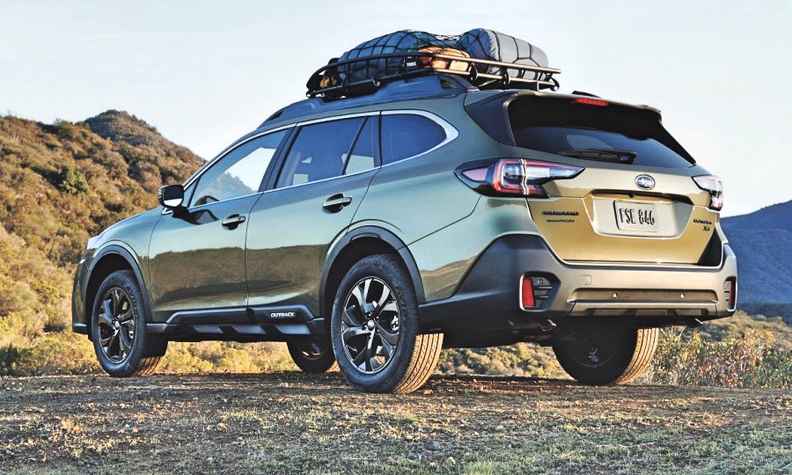
Post your comment